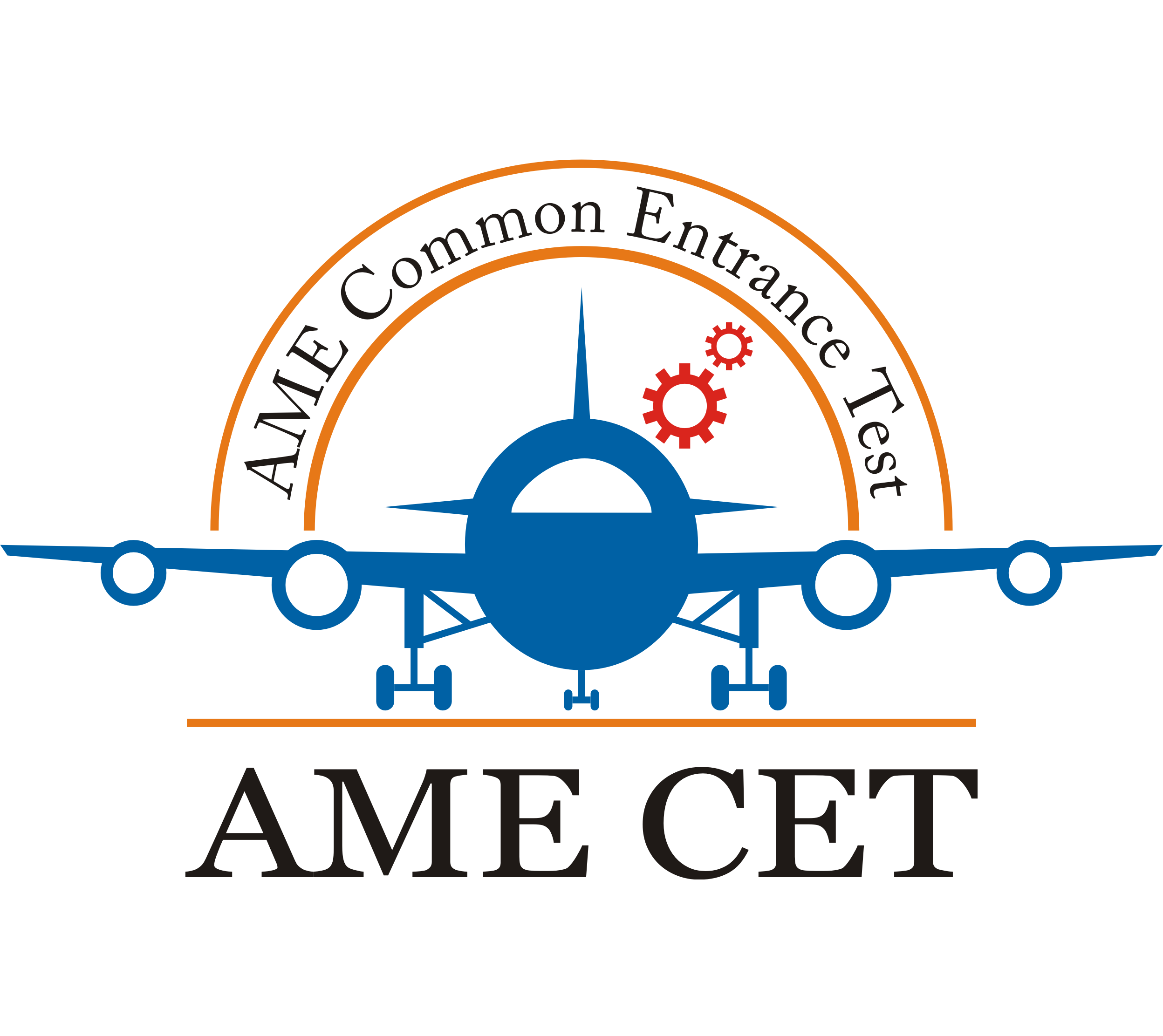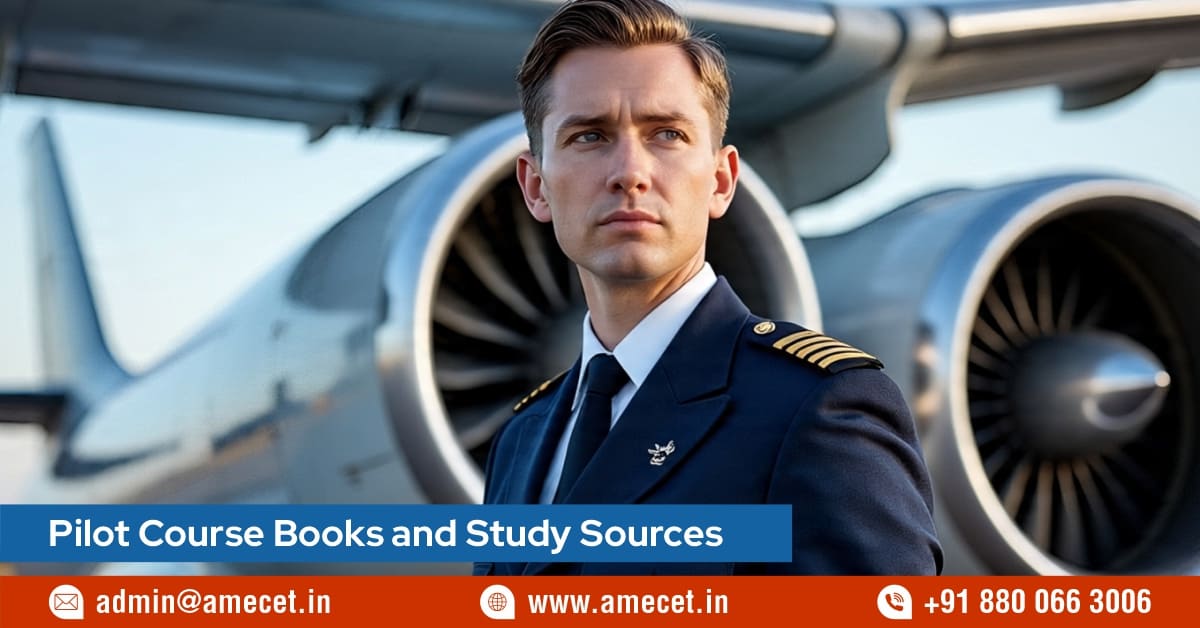Pilot Course Books and Study Sources
Posted on : 20 September, 2025 11:32 am
Essential Learning Materials for Aspiring Aviators
Introduction
Becoming a pilot is not just about flying—it’s about mastering technical knowledge, navigation skills, aviation laws, and safety protocols. To succeed in training and exams, students must rely on the right books and study resources. These books provide the theoretical foundation for flight training and prepare future pilots for written tests, simulator sessions, and real cockpit challenges. Below are some of the most recommended pilot course books and trusted sources every aviation student should know.
1. Fundamentals of Flight Training
-
“Pilot’s Handbook of Aeronautical Knowledge (PHAK)” by FAA
This is considered the aviation bible for beginners. It covers aerodynamics, aircraft systems, weather, navigation, and flight principles in a simplified manner. -
Use: Best for Student Pilot License (SPL) and Private Pilot License (PPL) candidates.
2. Aerodynamics and Aircraft Systems
-
“Aircraft Systems for Pilots” by Dale DeRemer
Explains engine systems, hydraulics, electrical systems, and avionics in detail. -
“Aerodynamics for Naval Aviators” (Navy Publication)
A standard reference book to understand aerodynamics deeply. -
Use: Ideal for CPL and ATPL students who need advanced technical clarity.
3. Navigation and Flight Planning
-
“Air Navigation” by ICAO
This book is an authoritative source on navigation, charts, and flight planning. -
“Jeppesen Private Pilot Flight Manual”
Includes charts, flight planning techniques, and real-world scenarios. -
Use: Essential for learning cross-country flying, instrument navigation, and route planning.
4. Aviation Regulations and Law
-
“Airman Certification Standards” (FAA)
Outlines the exam and skill requirements for different licenses. -
DGCA CAR (Civil Aviation Requirements) Documents
For Indian students, DGCA publications provide updated rules, exam syllabus, and licensing procedures. -
Use: Must-read for understanding legal responsibilities, airspace rules, and licensing compliance.
5. Meteorology and Weather Analysis
-
“Aviation Weather” by Peter Lester
A comprehensive book covering weather theory, hazards, and interpretation of charts. -
“Meteorology for Aviators” by G. Bratley
Simplifies complex weather concepts with aviation-focused examples. -
Use: Crucial for pre-flight planning and safe decision-making during adverse conditions.
6. Radio Communication and ATC Procedures
-
“Say Again, Please: Guide to Radio Communications” by Bob Gardner
A must-read to build confidence in radio communication with ATC. -
ICAO Phraseology Documents
Provide standard global communication protocols. -
Use: Builds clear and professional communication skills for real cockpit scenarios.
7. Online Sources and Digital Tools
-
FAA and DGCA Websites: Official guidelines, exam syllabi, and notices.
-
Jeppesen E-books & Apps: Digital versions of pilot manuals, charts, and logbooks.
-
Online Courses: Platforms like Pilot Institute, CFI Bootcamp, and CAE Aviation offer structured study programs.
-
Use: Helpful for self-paced study and updated learning.
8. Question Banks and Mock Tests
-
Bristol Ground school Question Bank (ATPL-focused)
-
DGCA and FAA Mock Test Apps
-
Oxford Aviation ATPL Question Bank
These resources simulate real exam formats and strengthen preparation.
The journey of becoming a pilot demands both practical flying and strong theoretical knowledge. Books like the Pilot’s Handbook of Aeronautical Knowledge or Jeppesen Flight Manuals form the backbone of aviation studies, while ICAO, FAA, and DGCA publications ensure regulatory compliance. Alongside traditional books, online resources, mock tests, and aviation apps provide modern learning support. By combining these study materials with dedicated practice, aspiring aviators can build the knowledge, confidence, and discipline needed to soar successfully in their aviation careers.

